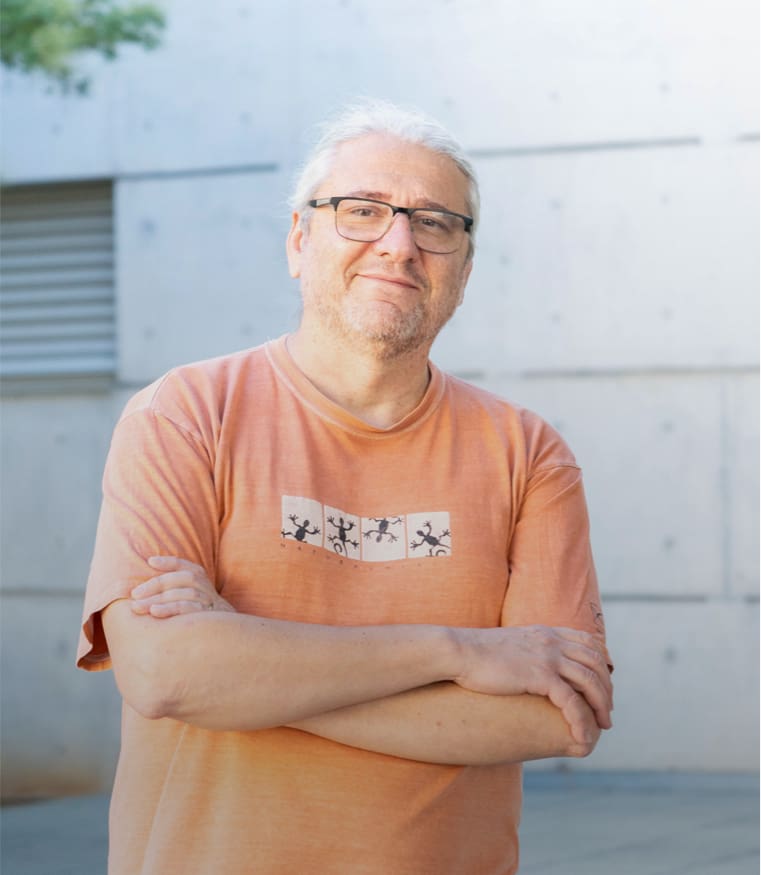Identification of a nonanuclear {CoII9} polyoxometalate cluster as a homogeneous catalyst for water oxidation
The polyanion of formula {Co9(H2O)6(OH)3(HPO4)2(PW9O34)3}16- (Co9) contains a central nonacobalt core held together by hydroxo and hydrogen phosphate bridges and supported by three lacunary Keggin-type polyphosphotungstate ligands. Our data demonstrate that Co9 is a homogeneous catalyst for water oxidation. Catalytic water electrolysis on fluorine-doped tin oxide coated glass electrodes occurs at reasonable low overpotentials and rates when Co9 is present in a sodium phosphate buffer solution at neutral pH. We carried out our experiments with an excess of 2,2′-bipyridyl as the chelating agent for free aqueous CoII ions, in order to avoid the formation of a cobalt oxide film on the electrode, as observed for other polyoxometalate catalysts. In these conditions, no heterogeneous catalyst forms on the anode, and it does not show any deposited material or significant catalytic activity after a catalytic cycle. Co9 is also an extremely robust catalyst for chemical water oxidation. It is able to continuously catalyze oxygen evolution during days from a buffered sodium hypochlorite solution, maintaining constant rates and efficiencies without any significant apparition of fatigue.

S. Goberna-Ferrón, L. Vigara, J. Soriano-López, J. R. Galán-Mascarós
Inorg. Chem. 2012, 51, 11707-11715
DOI:
Go to the journal

Let's create a brighter future
Join our team to work with renowned researchers, tackle groundbreaking
projects and contribute to meaningful scientific advancements



















